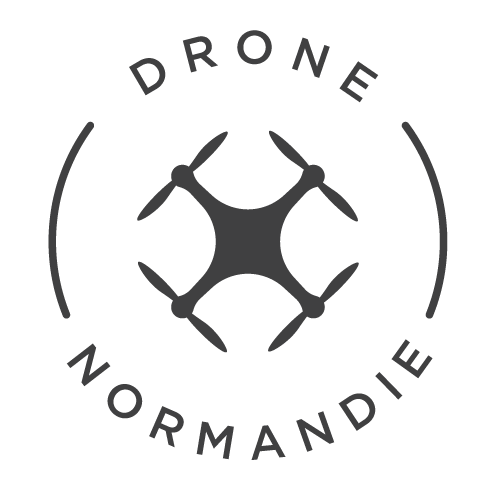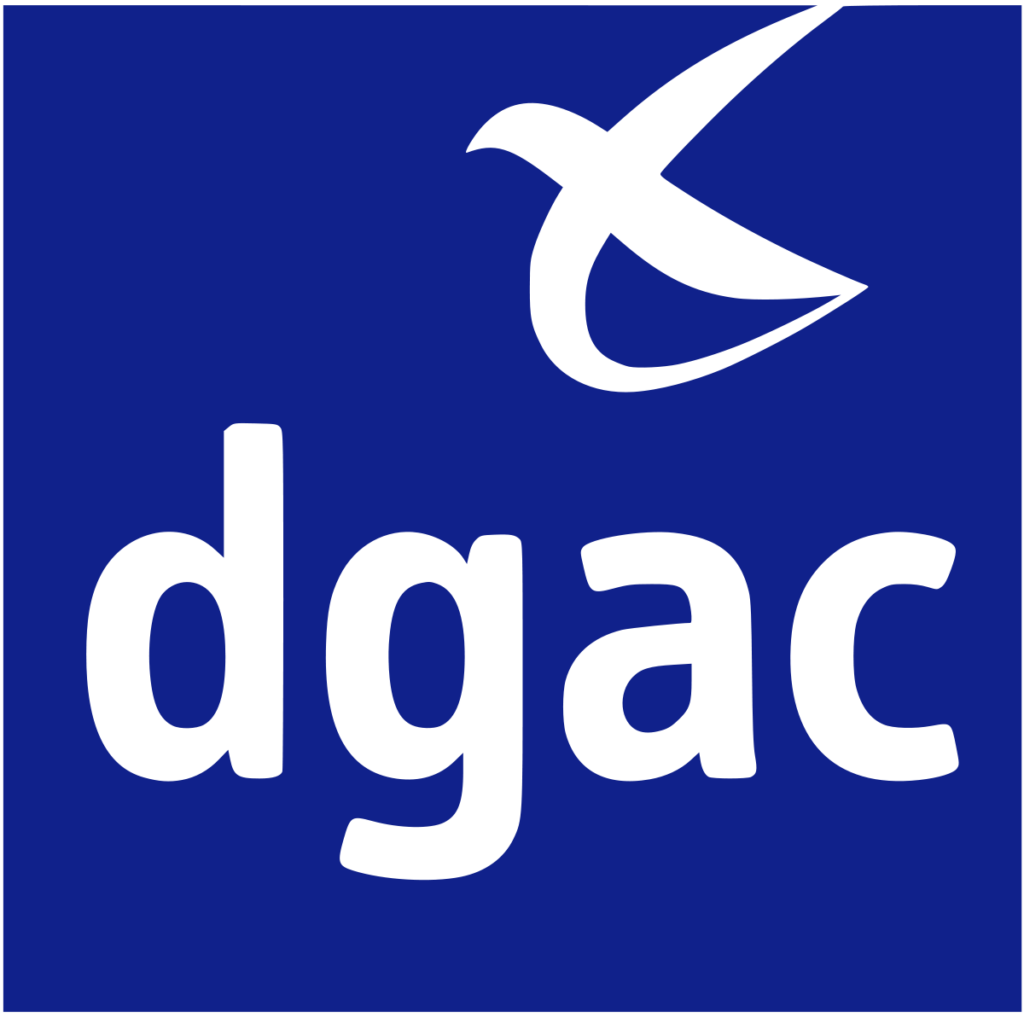Air-ground communications in aeronautics generally consist of a series of instructions. These instructions may be intended for one aircraft rather than another, may include numbers, and may sometimes be obscure. For this reason, confusion and errors can occur, with dramatic consequences. The use of appropriate phraseology in radiotelephone communications between air traffic controllers and pilots is essential to the safe, rapid and orderly flow of air traffic. This phraseology, which complies with radiotelephony procedures for general air traffic, is to be used in addition to conventional expressions.
All numbers are underlined. By convention, they should be read as in the following examples:
| 1 | unit | one |
| 1 2 | unité deux | one two |
| 12 | twelve | twelve |
| 123 | one hundred and twenty-three | one hundred twenty-three |
| 12 35 | twelve thirty-five | twelve thirty-five |
| 7 37 | seven thirty-seven | seven trhirty-seven |
When a number representing a frequency includes a comma, it is expressed as a decimal.
French-language special rule
A number can be transmitted as it is spoken in everyday life, or as a sequence of numbers.
Examples: 45 forty-five 1217 twelve, seventeen 210 two hundred and ten 5643 fifty-six, forty-three 1012 one thousand and twelve
As soon as the legibility of transmissions is not satisfactory and / or in case of ambiguity, the general rule applies
In French, as in many other languages, certain letters are pronounced in a similar way, leading to confusion: M and N, T and D, F and S, and so on. For this reason, every letter in phraseology must be pronounced according to theaeronautical alphabet, which was defined in 1957 on the basis of the English military alphabet of 1943. A is pronounced Alpha, B is pronounced Bravo, C is pronounced Charlie, etc. M is pronounced Mike and differs naturally from N, November. The same goes for Tango and Delta. Having a standardized, well-studied alphabet ensures that the words chosen do not themselves lead to confusion (e.g. C for Chemise and D for Denise). List of letters in the alphabet:
| Alpha | Foxtrot | Kilo | Dad | Uniform | Zulu |
| Bravo | Golf | Lima | Quebec | Victor | |
| Charlie | Hotel | Mike | Romeo | Whisky | |
| Delta | India | November | Sierra | X-ray | |
| Echo | Juliett | Oscar | Tango | Yankee |
– capital letters spaced by a low dash are to be spelled alphabetically:
I_L_S is said i, l, s
– capital and underlined letters are to be spelled according to the spelling code given in the appendix to the decree on radiotelephone procedures for general air traffic:
A B says alpha bravo
– a sequence of non-underlined capital letters is read as the word thus formed:
MERLU means hake
When a clear language name has been assigned to a radionavigation aid, this is the name to use. This help is presented as a series of capital letters, enclosed in quotation marks.
Example: “MTL” means Montélimar
Note: this is the Montélimar Ancône VOR.
The VOR (short for
VHF Omnidirectional Range
) is a radio positioning system used in air navigation and operating on VHF frequencies (or UHF for the military).
In the absence of a plain language name, a radionavigation aid is presented as a series of underlined capital letters.
In this case, the name of the radio helper must be spelled according to the spelling code in the appendix to the decree on radiotelephone procedures for general air traffic use.
Example: B L M says: Bravo Lima Mike/Bravo Lima Mike
Note: this is a VOR/DME to which no plain-language name has been assigned.
| French pronunciation: | English pronunciation: | |
| ACAS | A_CAS | A_CAS |
| ACC | A_C_C | A_C_C |
| AFIS | A_FIS | A_FIS |
| APP | Approach | Approach |
| ATFM | A_T_F_M | A_T_F_M |
| ATIS | A_TIS | A_TIS |
| ATS | A_T_S | A_T_S |
| CAVOK | CAV_O_Kay | CAV_O_Kay |
| Cb | Ci_Bi / Cumulonimbus | C_B |
| CCR | C_C_R | |
| CTOT | C_TOT / C_T_O_T | C_TOT / C_T_O_T |
| DME | D_M_E | D_M_E |
| ELT | English pronunciation | E_L_T |
| FIR | FIR | F_I_R |
| PAH | H_A_P | Expected approach time |
| HF | H_F | H_F |
| IFR | I_F_R | I_F_R |
| ILS | I_L_S | I_L_S |
| BMI | I_M_C | I_M_C |
| LVP | L_V_P | Low visibility procedures |
| MSAW | English pronunciation | M_SAW |
| NDB | N_D_B | N_D_B |
| NM | Nautical | Miles |
| NOTAM | NOTAM | NOTAM |
| QFE | Q_F_E | Q_F_E |
| QFU | Q_F_U / Runway in use | Runway in use |
| QNH | Q_N_H | Q_N_H |
| RVR | R_V_R | R_V_R |
| RVSM | R_V_S_M | R_V_S_M |
| SIV | S_I_V | S_I_V |
| SSR | S_S_R | S_S_R |
| TCAS | T_CAS | T_CAS |
| TMA | T_M_A | T_M_A |
| TWR | Tower | Tower |
| UHF | U_H_F | U_H_F |
| UIR | U_I_R | U_I_R |
| UTC | U_T_C | U_T_C |
| VFR | V_F_R | V_F_R |
| VHF | V_H_F | V_H_F |
| VMC | V_M_C | V_M_C |
| VOR | VOR / V_O_R | V_O_R |
Please note that whenever the legibility of transmissions is unsatisfactory and/or in the event of ambiguity, numbers are transmitted by enunciation of each of their component digits.
Example: Altitude 3500 feet: three five zero zero
3500 feet: three five zero zero
Terms used :

Distress messages :
Whatever the language used, distress messages are preceded by the expression mayday
Emergency messages:
Whatever the language used, emergency messages are preceded by the expression
pan pan / pan pan . This category of messages includes medical transport messages preceded by the expression pan pan medical.
Frequency to be used
For the theory certificate, you need to know the frequency to use in the event of distress.
The distress message is transmitted on the air-ground frequency in use.
The distress message may be transmitted on frequency 121.500 MHz oron any other frequency in the aeronautical or maritime mobile service if deemed necessary or desirable.
List of frequencies:
The frequency range dedicated to aeronautics goes from 108 Mhz to 137 Mhz in the VHF band, divided as follows:
- 108 Mhz to 111.975 Mhz: ILS
- 111.975 Mhz to 117.950 : VOR
- 117.975 to 137 Mhz: Aeronautical Mobile Service, i.e. audio exchanges.
Special frequencies :
- 121.500 Mhz: international distress frequency.
- 123.500 Mhz: “club” frequency, allocated to aerodromes that don’t have enough traffic to have their own frequency.
- 123.450 Mhz: communication between aircraft.
Emergency beacons :
They transmit in the 406 to 406.1 MHz band, and send search and rescue teams a coded digital message identifying the beacon and the aircraft owner or operator. This message can also indicate the position of the beacon.
For more information on communication :
https://www.sia.aviation-civile.gouv.fr/pub/media/reglementation/file/r/a/radiotel_v3.pdf
The different phases: uncertainty – alert – distress
ICAO Annex 11 defines three levels: uncertainty phase, alert phase and distress phase, as follows
– the “uncertainty” phase, known as INCERFA, corresponds to a situation where there is reason to doubt the safety of an aircraft and the people on board. In particular, such an alert must be triggered when no communication has been received from an aircraft within 30 minutes of the time at which a communication should have been received, or when an aircraft does not arrive within 30 minutes of the last ETA notified to the air traffic control authorities;
– the “alert” phase, known as ALERFA, corresponds to a situation where there is reason to fear for the safety of an aircraft. An alert phase must be triggered when, after the uncertainty phase, attempts to contact the aircraft have yielded no information, when an aircraft that has received clearance to land fails to land within 5 minutes of the scheduled landing time, when the information received indicates that the aircraft’s operation is compromised, or when the aircraft is known or believed to be the object of unlawful interference;
– the “distress” phase, known as DETRESFA, corresponds to a situation where there is every reason to believe that an aircraft is threatened by serious and imminent danger and requires immediate assistance. Such an alert is issued when further attempts to contact the aircraft and inquiries from various appropriate sources indicate that the aircraft is probably in distress, as well as when it is considered that it must have run out of fuel.

